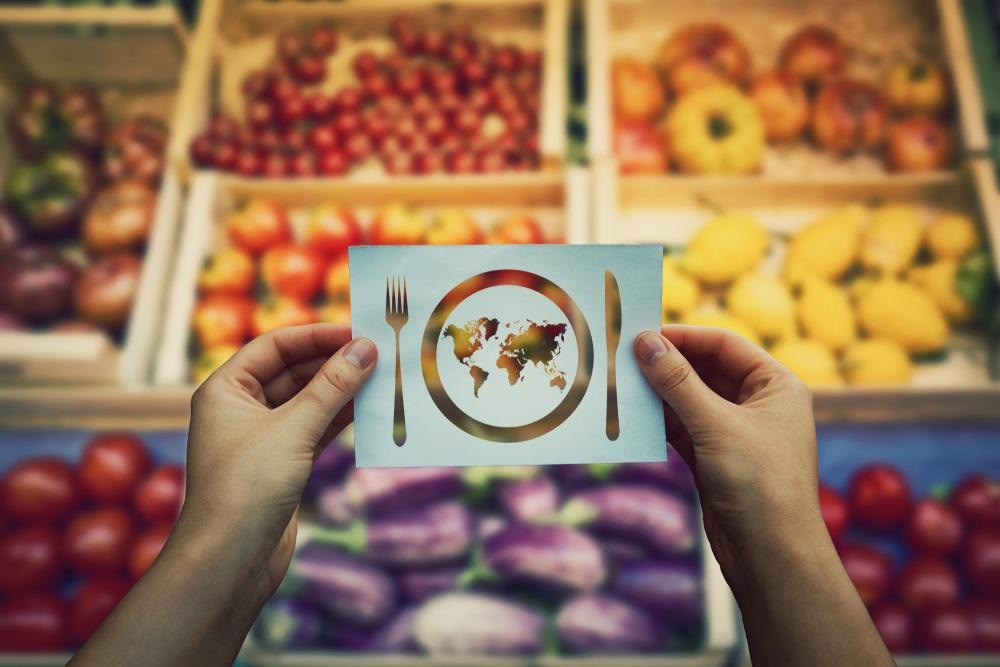COVID-19 has exacerbated the global food crisis
Food insecurity is one of the biggest humanitarian issues the world currently faces. Before the pandemic, some progress had been made towards reducing the rate of those going hungry every year but small successes in the 1990s and 2000s began to unravel over the last few years. Some of this progress backtracked, as the numbers of those without enough food began to rise again from 2015 onwards.
The COVID-19 pandemic further propelled the rising numbers of those going hungry. Restrictions imposed to prevent the spread of the virus, such as those enforced on movement nationally and internationally and self-isolation rules that led to reduced labor forces available in agriculture and the temporary shutdown of some food imports and exports, the forced temporary closure of some business sectors (which, in some cases, led to permanent closures), and the panic buying that was induced by tabloid fear-mongering and unprecedented levels of uncertainty, all contributed to the disrupting access to food supplies.
Additionally, countries around the world now face high levels of unemployment due to the pandemic. With 205 million predicted to be out of work by 2022, a significant increase from the 187 million recorded in 2019. Increased unemployment means people, on average, have less money to spend on the essentials, such as food. This fact, coupled with soaring food prices (global food prices have increased 39.7% from May 2020 to May 2021), has resulted in rising levels of food insecurity, with more people facing the prospect of going hungry and seeing their families go hungry.
Today, it is estimated that around 690 million people are going hungry each day, although some sources estimate this figure to be much higher. Another measure indicates that 2.37 billion people lacked access to adequate food in 2020, representing an increase of 320 million since before the pandemic.
Here, we look at how the growing problem of food insecurity may be tackled to ensure that the global population has access to enough food for years to come.
The State of Food Security and Nutrition in the World 2020
Methods to tackle food insecurity
Achieving global food security will be a multi-pronged approach, with changes made in a variety of fields that will attack different aspects that contribute to food insecurity.
Food prices
One major way to address food security, particularly in the short term, is to address the rising retail prices of food. As discussed, food prices have seen a drastic uptick since the pandemic, this, combined with the rising rates of unemployment has left families with less buying power when it comes to their groceries. Data shows that households are cutting down on their calorific intake as a result of this.
The impact of higher food prices has an unequal impact on those with lower incomes and often pushes people on the brink of poverty fully into it. Government initiatives to tackle food prices would have a significant and immediate impact on the number of people going hungry or lacking sufficient nutrition.
Food waste
Food waste is a major contributor to food availability. Data from the United Nations food agency revealed that around a third of food produced for human consumption is wasted, totaling around one billion tonnes of food waste each year.
Several innovations have emerged that aim to reduce food waste. Edible sensors that provide real-time data and allow for automatic temperature control prevent food from spoiling in transit, new bioactive packaging that keeps fruit fresh for longer, and initiative that save “ugly” fruit and veg from being thrown out such as Oddbox are all contributing to lowering food waste. As a result, there is more food to go around, helping reduce food prices and ensuring food availability for years to come.
Agriculture 4.0
Agriculture 4.0, the fourth agricultural revolution that is leveraging sensor technology alongside the Internet of Things, cloud computing, and artificial intelligence (AI). Sensors are being used to enhance crop yields by collecting real-time data from multiple sources that are vital to the health of the plants, such as soil moisture levels, air temperature, sunlight, and air pollution, analyzing this data, and triggering automatic actions to ensure that plants are maintained in the perfect conditions to boost crop quality and yield.
Vertical farming
Vertical farming is an example of outside-of-the-box thinking that has been applied to agriculture to enhance food security. Available space to farm has become a pressing issue, as the population grows and urbanization continues, farmers are struggling to obtain new land to feed the growing population.
Vertical farms grow crops upwards. They often make use of derelict buildings to grow much more produce than could be produced on the square space of land the building sits on. These projects often provide healthy produce to urban communities that rely on the transportation of fruit and veg from outside areas. They create a sustainable source of produce that can be relied on indefinitely.
Climate change
Finally, when discussing how food security should be addressed, it is vital to talk about climate change. Crop yields are being detrimentally impacted by climate change, with increasing droughts and extreme weather events such as hurricanes and floods destroying crops, and more subtle changes such as soil erosion and reliable water availability reducing the number of crops that can be produced globally each year, it is essential that emissions must be reduced to mitigate the effects of climate change that are jeopardizing current and future food availability.

Image Credit: StunningArt/Shutterstock.com
Further Reading